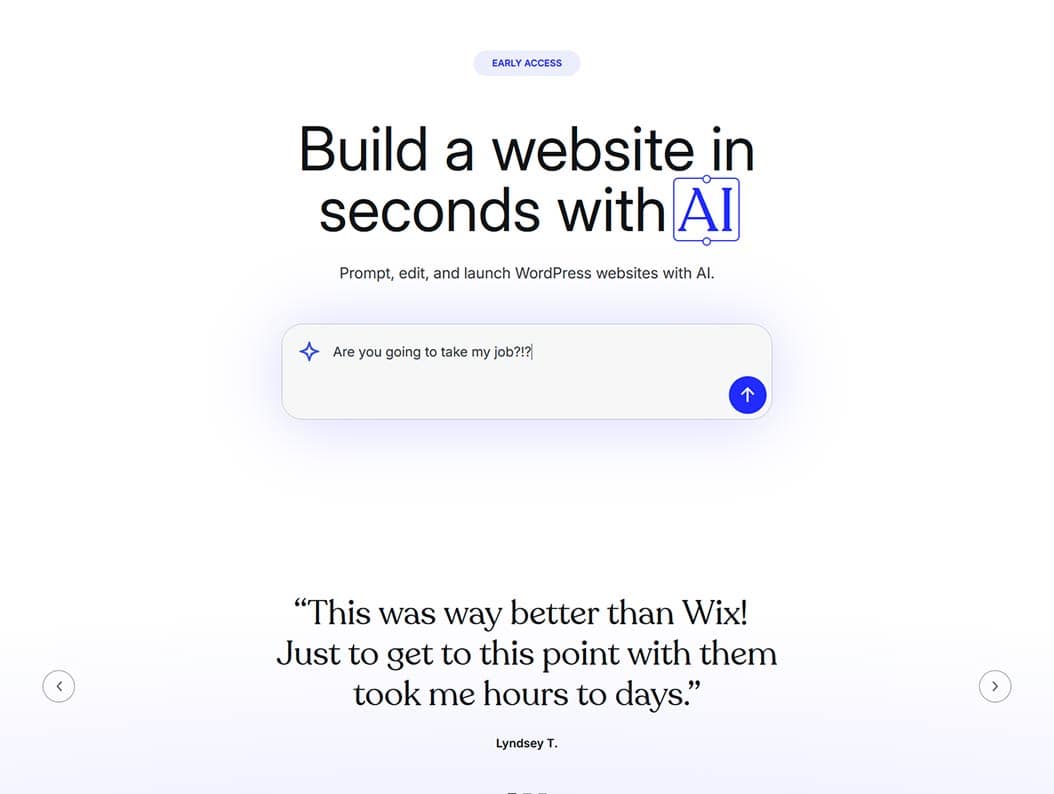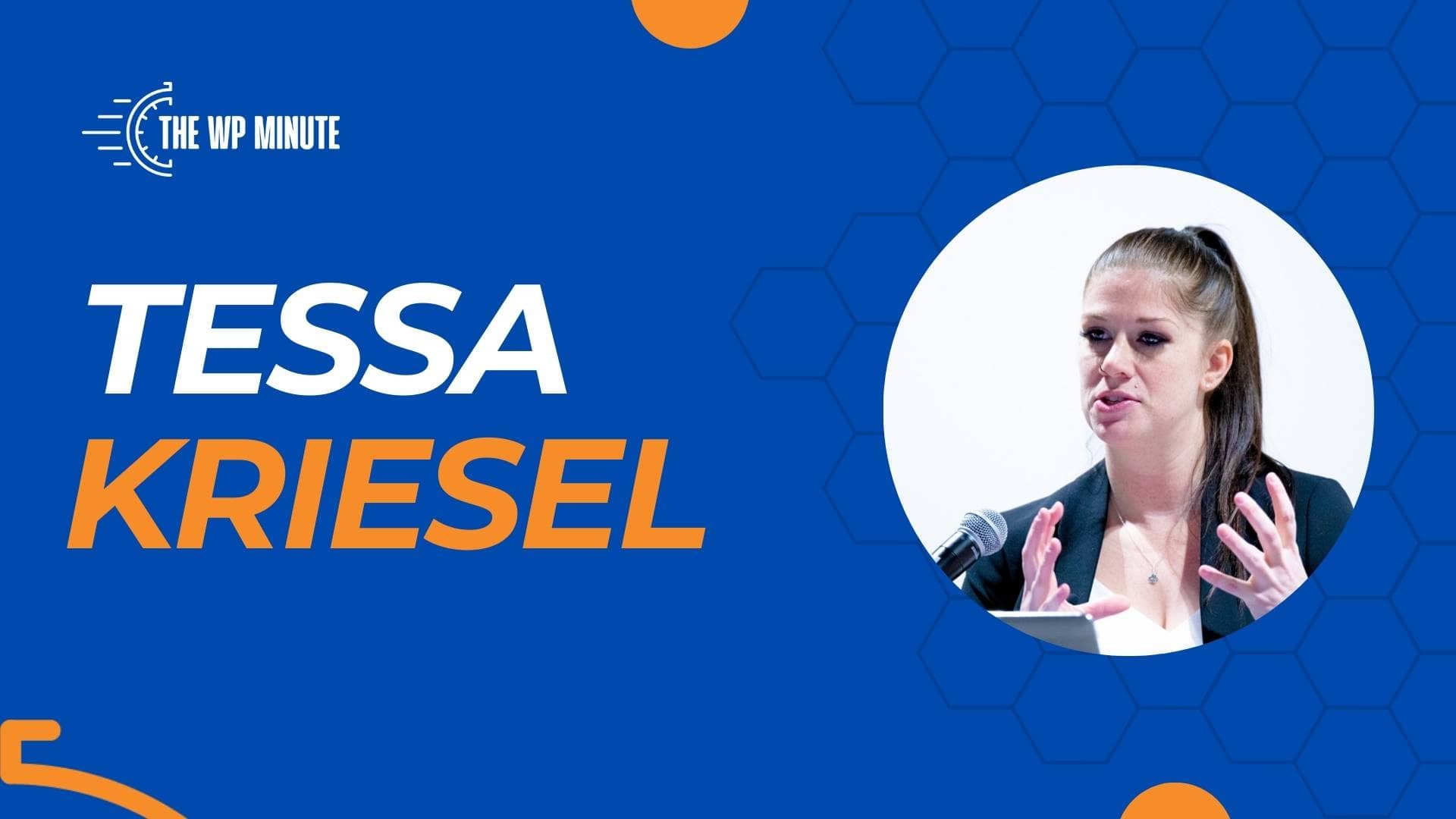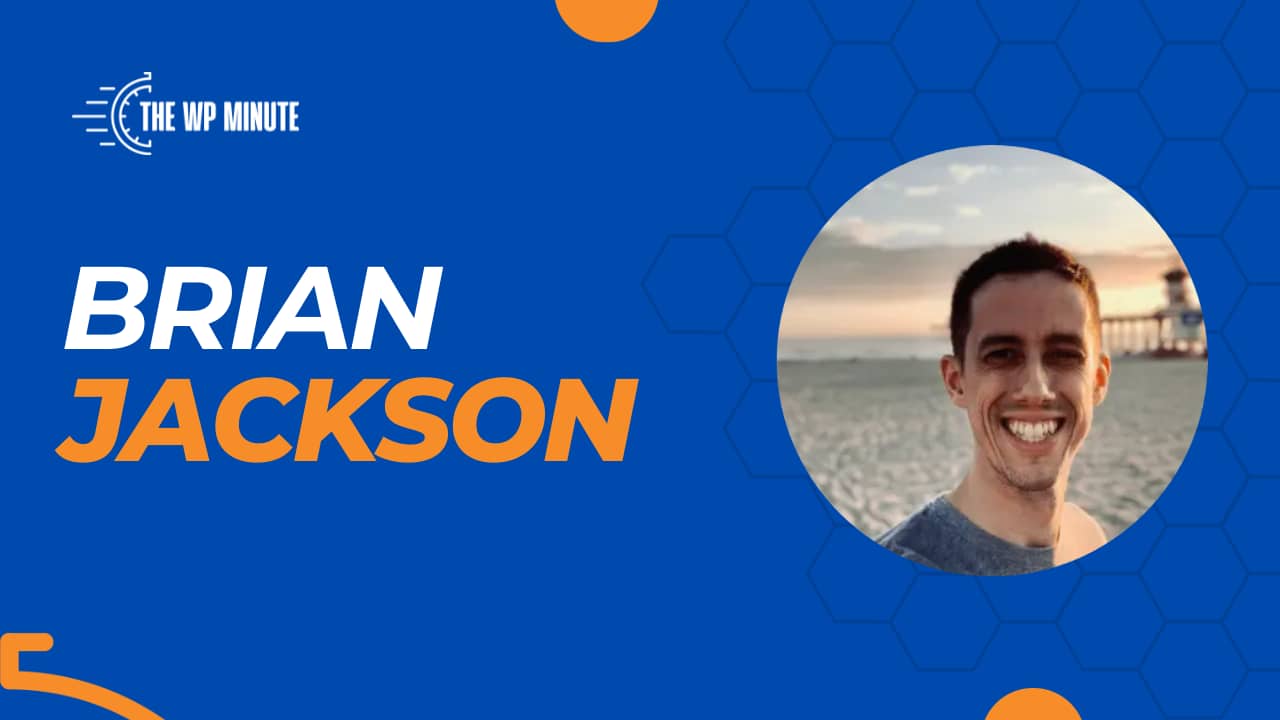Recent years have brought several new toys for WordPress developers to experiment with. The Block and Site editors are chief among them. We’re seeing lots of new products that take advantage.
As a project, WordPress wants you to use these innovative tools. The more block-enabled plugins and themes, the better for us all. Or so goes the theory.
But this doesn’t necessarily work both ways. Are you a product maker thinking outside the box? There’s no guarantee the project will embrace what you’re doing. You may have to go it alone.
How does this impact the WordPress ecosystem? Let’s have a look at the challenge of innovating with WordPress.
When Innovation Crosses an Invisible Line
Innovation isn’t always met with a warm welcome. The recent kerfuffle over Mike McAlister’s Ollie theme is a recent example. McAlister submitted his product to the WordPress theme directory. It included a handy onboarding feature.
The feature sparked debate. The WordPress themes team accepted Ollie – but without onboarding. This portion of the product was eventually converted into a plugin.
We won’t dig into all the details. Our Matt Medeiros covered them in a recent episode of The WP Minute. But suffice it to say that Ollie’s functionality was atypical. Onboarding didn’t make the final version.
The decision made waves. It also showed that progress doesn’t always align with the WordPress project.
We’re not judging this as right or wrong. Yet it’s the reality developers face.
Navigating Different Visions and Responsibilities
WordPress core may not move quickly enough for some of us. There are times when it veers into unpopular territory. Its mission often diverges from that of users and product makers.
We want certain features now. Or we’re convinced an idea will make WordPress better. It can be frustrating when the project doesn’t give the desired reaction.
So be it. WordPress exists as a foundational product. We build great things on top of it. We extend it in ways no one had previously thought of.
Thus, top innovations tend to come from outside of the project. It makes sense.
WordPress core must remain stable. Going too far outside the box can be problematic. We’ve seen what can happen when stability takes a back seat to progress.
It shouldn’t surprise us that stakeholders occasionally butt heads. A change in direction is most likely to come from within. Some might say it only comes from the top.
Still, the ecosystem has an opportunity to go beyond those limits. It may not be “officially” supported or encouraged. But the right product can be a game changer. You don’t always need that seal of approval to succeed.
The Next Chapter in WordPress Innovation
The rise of artificial intelligence (AI) will start a new chapter in WordPress. Product makers are already racing to make gains in this area. And it will be interesting to see how the project responds.
WordPress co-founder Matt Mullenweg seems to be all-in on AI’s potential. The project is also exploring ways to facilitate the technology.
Keep in mind that this is uncharted territory. We may see further collisions between the project and developers. Expect some implementations to stir debate.
It’s a matter of time until a product goes “too far” with AI. And more will likely follow suit. There will probably be a lot of fits and starts for product makers.
Perhaps it’s not as bad as it sounds, though. That’s a sign of a healthy ecosystem. We must ensure that AI is used in a responsible way. Therefore, stakeholders will need to define these boundaries.
It’s Still Worth Pushing the Envelope
None of this means that you should stop innovating. However, much depends on the type of product you’re building. And whether or not you want your product in an official repository.
WordPress themes have a particularly tough road. The theme guidelines require a separation between looks and functionality. Thus, innovation must work within these rules. Succeeding in the commercial market may be the better bet.
Plugin developers have more leeway. A radically different approach still has a chance for acceptance. Page builders are a prime example. The concept eventually wormed its way into the core experience.
Either way, perhaps innovative products should be proven in the wild first. Developers can gather user feedback and adjust. Your product will have an opportunity to evolve.
A popular and well-tested idea may end up in WordPress core. For example, Ollie’s onboarding functionality could one day inspire an API.
Seeing a broad level of adoption could warrant further cooperation from the WordPress project. If not, your ideas are still worthwhile. Users will tell you whether you’ve hit the mark.
Join The Newsletter
Get your favorite 5 minutes of WordPress news for busy professionals every week — 100% Free! Join the WP Minute Newsletter below 👇














